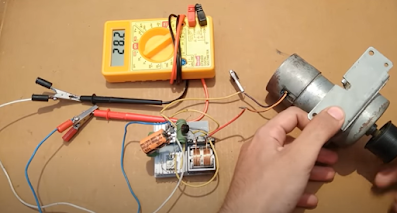Forget What you think that Happiness Is | Happy Guide
At over 90 years old, she was a true embodiment of grace and style. Known for her elegant outfits, carefully applied makeup, and beautifully arranged hair, she carried herself with a flair that belied her age. She had been married to her husband for 70 wonderful years, sharing a life full of memories and companionship.
But after he passed away, with no children and no close family to support her, she made the decision to move to a retirement home in the Bay Area. When she finally left her home for the last time, she dressed with the same elegance she always had, looking beautiful and dignified.
Upon arriving at the home, she waited patiently in the lobby for several hours while her new room was prepared. When an attendant finally escorted her to her new space, they began to describe the small room she would occupy.
“I love it!” she said with the enthusiasm of a child receiving a new puppy.
“But Mrs. Jones, you haven’t even seen the room yet! Just wait until you see it,” the attendant replied, surprised.
With a gentle smile, she explained, “My joy has nothing to do with the room itself. Whether I like my room or not doesn’t depend on how the furniture is arranged—it depends on how I arrange my mind.”
Her wisdom was simple but profound: Happiness is something you choose. “I’ve already decided to love my room, to love the people around me, and to love my life. That’s a choice I make every morning when I wake up,” she said.
She continued, “You see, the greatest power we all have is the ability to choose how we feel. I can spend my day in bed thinking of my aches and pains, focusing on the parts of my body that don’t work. Or, I can get up and be grateful for the parts that do work.”
“Each day is a gift,” she said, “and as long as I can open my eyes, I will focus on today and on the happy memories stored in my mind, saved just for moments like this.”
The attendant listened in awe, deeply moved by the positive attitude of this elderly woman whose life could easily be viewed as filled with loss and loneliness.
Her message was clear: Problems come naturally, but happiness is a choice. Anger and resentment arise on their own, but peace is a decision we make. Negativity may be automatic, but gratitude and positivity require a conscious choice.
Choose Right, Live Well
Her story serves as a reminder that every day brings a choice. Only we can decide to approach life with love, gratitude, and joy. Happiness doesn’t just happen—we create it, one choice at a time.





